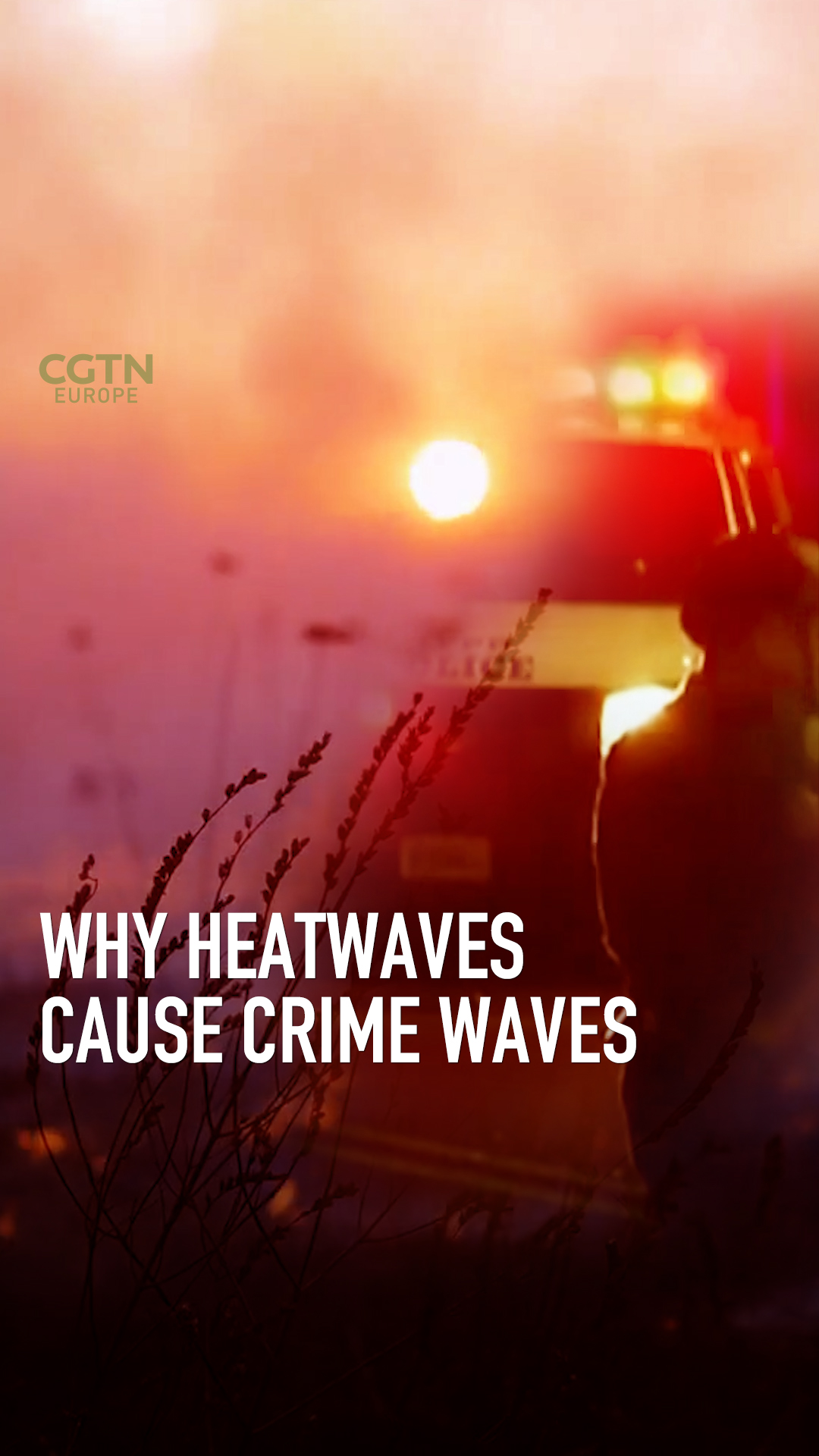00:58

With wildfires raging around the world, the direct impact of record-breaking temperatures is plain to see.
But extreme heat takes another, less obvious toll – one that's reflected in crime statistics around the world.
Researchers have long known that people become more aggressive in the heat. When temperatures rise, tempers rise. And violence flares.
July 1988 was the hottest month on record in the U.S. It was also the most violent, with an unprecedented number of murders, rapes, armed robberies and assaults – more than 1.56 million of them.
A recent study of violent crime in Los Angeles shows that the crime rate rises with the mercury, to 12 percent above average by the time it hits 35 degrees Celsius.
And the temperature doesn't have to be extreme to make a difference. The city was about 5.5 percent more violent on days when the temperature range was between 24 and 32 degrees Celsius, in comparison to cooler days.
Last year, 86 percent of all mass shootings in the U.S. took place between June and September.

Wildfires burn in Latakia's northern countryside, Syria. /Reuters
Wildfires burn in Latakia's northern countryside, Syria. /Reuters
But it's not just the U.S. The link between heat and violence has been documented around the world. Hotter countries have higher levels of violence than cooler ones, and more people go on the rampage in the summer.
In South Africa, scientists discovered a 1.5 percent increase in murders for every degree the temperature rose. And a group of researchers in Greece found more than 30 percent of the murders in their region occurred on days when the average temperature was above 25 degrees Celsius.
So why does this happen? Most scientists believe the answer lies with human biology. The weather raises body temperature, which in turn raises heart rate and blood pressure.
That can cause discomfort – a sensation not unlike anger. This similarity is reflected in the words and phrases we use to describe anger, such as "hot under the collar," "heated exchange" and "hot-tempered."
Set against the backdrop of global warming, this has unsettling implications for the future. Scientists have predicted that a 2-degree increase in global average temperatures could increase the rate of violent crime by 3 percent in temperate regions like Europe.
And an American research paper forecasts that global warming could add an extra 22,000 murders, 1.2 million aggravated assaults and 2.3 million simple assaults to U.S. crime statistics between 2010 and 2099 – numbers that turn up the heat on politicians to take swift action on climate change.

Subscribe to Storyboard: A weekly newsletter bringing you the best of CGTN every Friday